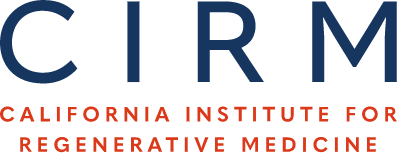Induction of immune tolerance to human embryonic stem cell-derived allografts
Human embryonic stem cells (hESCs) can undergo unlimited reproduction and retain the capability to differentiate into all cell types in the body. Therefore, as a renewable source of various cell…



